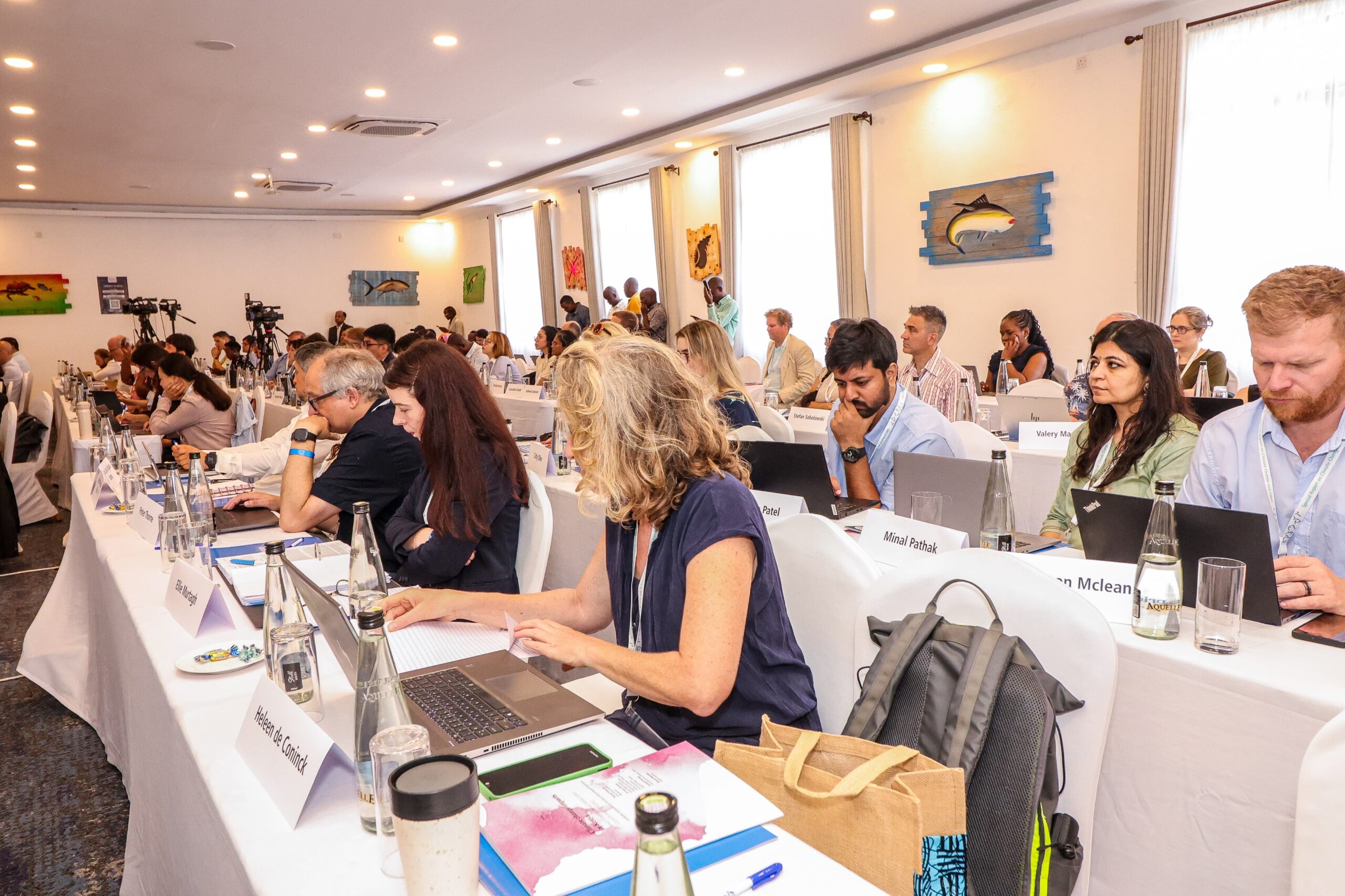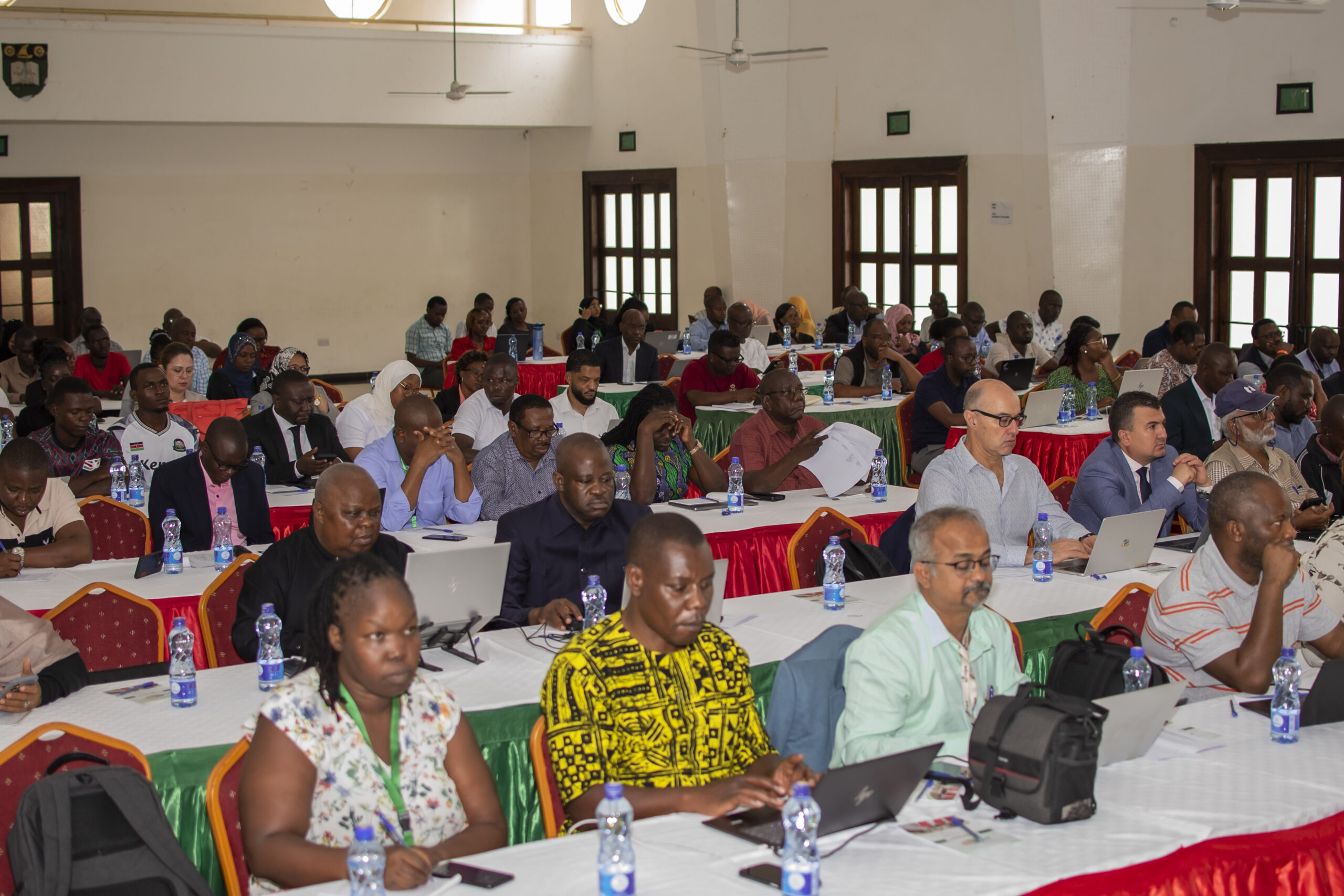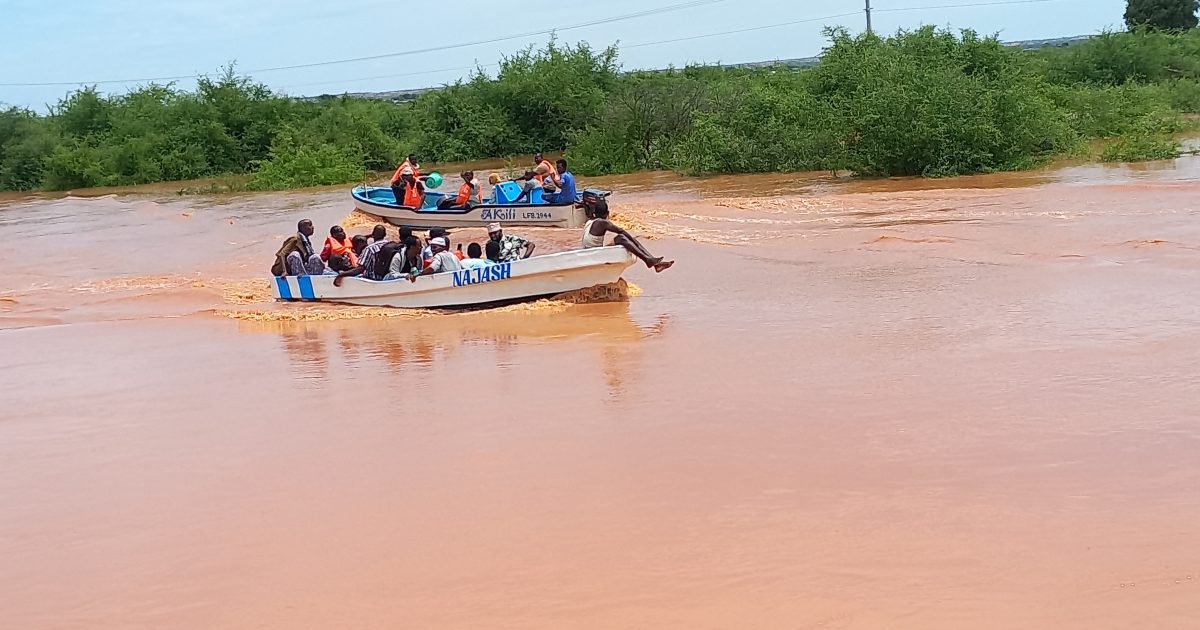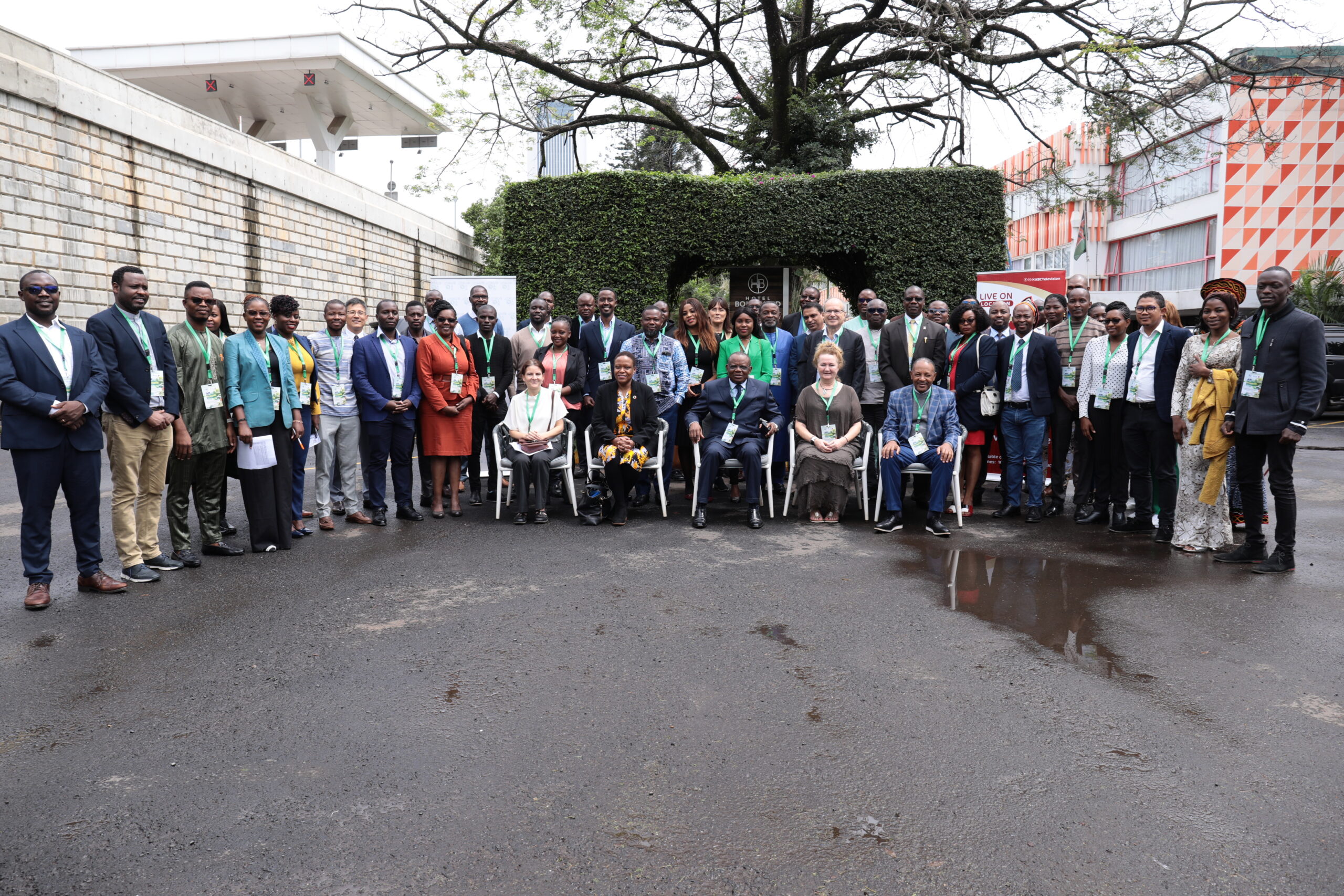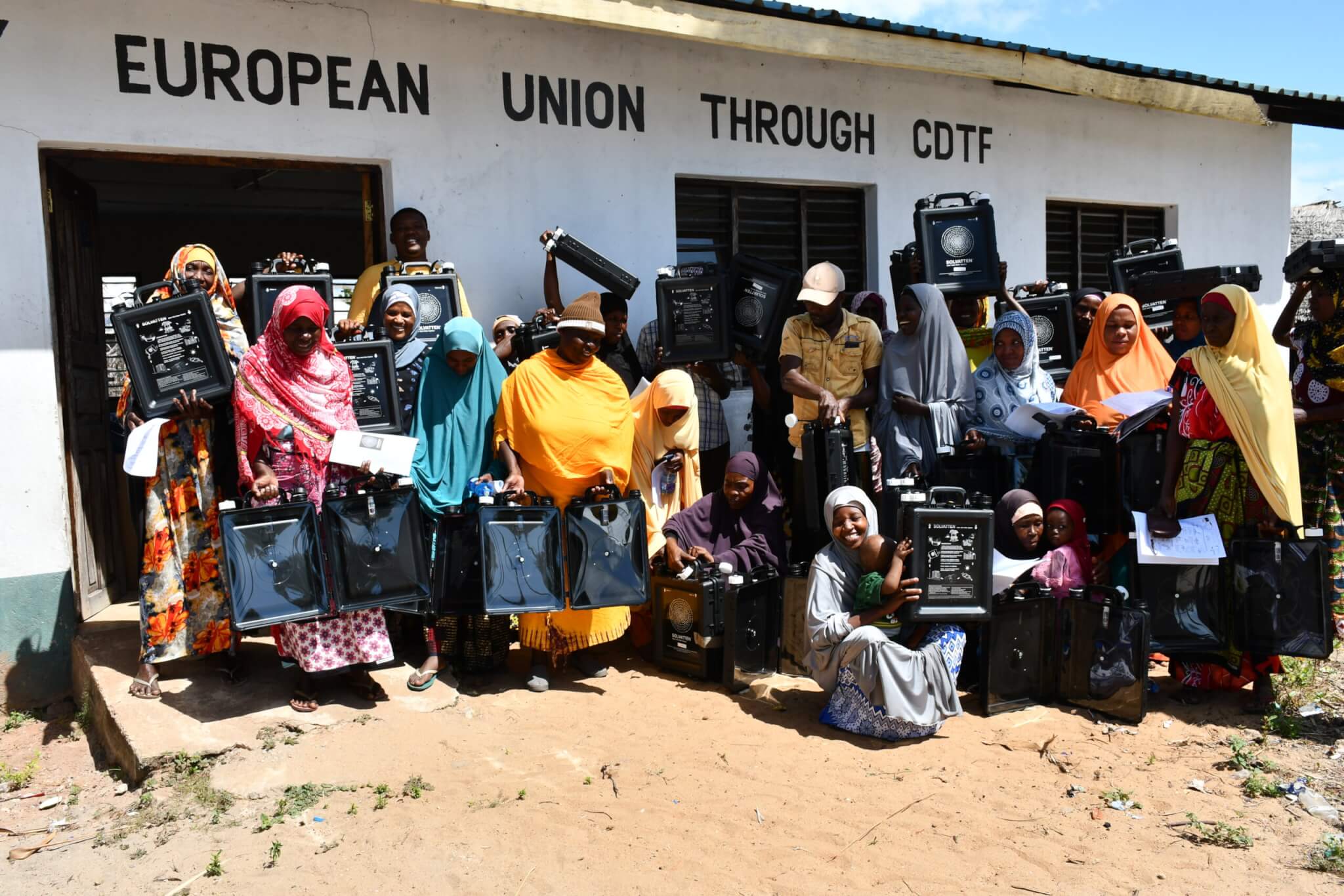Delegates at the second Lead Author Meeting of the IPCC Special Report on Climate Change and Cities, held at Pride Inn Paradise Hotel, Mombasa, Kenya.
As the sun rises over Kenya’s coastline, it brings more than just warmth. For thousands living near the sea, it brings fear that the land beneath their homes may not survive the waves for much longer.
This urgency echoed powerfully at the Intergovernmental Panel on Climate Change (IPCC) meeting in Mombasa, Kenya, where scientists and policymakers gathered to discuss the continent’s vulnerability and voice in climate research.
Dr Cromwell Lukorito, Vice Chair of IPCC Working Group II said there is growing threat facing Africa’s coastal cities, particularly in East Africa, where sea level rise is already reshaping lives.
“In Mombasa, especially along the North Coast, we are seeing widespread displacement where water is taking over settlements,” he said.
With infrastructure at risk including the key Mombasa-Malindi road, Lukorito warned of dire consequences if adaptation efforts fall short. “If we don’t stem it, very likely our Mombasa-Malindi road could be part of the ocean,” Dr Lukorito cautioned.
Beyond infrastructure, livelihoods are being eroded. Coastal communities, who depend heavily on fishing and tourism, face an uncertain future.
Africa’s coastline, the longest of any continent is home to millions. Dr Lukorito pointed out that more people are moving to coastal areas for job opportunities in tourism and related sectors, increasing the stakes for climate resilience.
“The mangroves which are ecosystems for breeding habitats for the fish are steadily being pushed inland. But how far will the mangrove be able to adapt on its own when we have immediate habitation by agriculture?” he asked.
“We must harness Africa’s think tanks and scientific voices,” he urged.
Dr Lukorito praised support from regional climate institutions and meteorological services but emphasized the need to reorient development plans with strong policy backing.
“This IPCC global report must inform not only international frameworks but also help countries act on the low hanging fruits of adaptation,” he said.
The decision to host this pivotal IPCC gathering in Africa, he noted, was no coincidence. “Africa is the most vulnerable continent globally. That partly informed the choice for this host site,” he said.
He called upon African scientists to lead the charge in documenting the continent’s climate reality.
“Nobody can write for me and about me. I’m better placed to put my case,” he concluded.
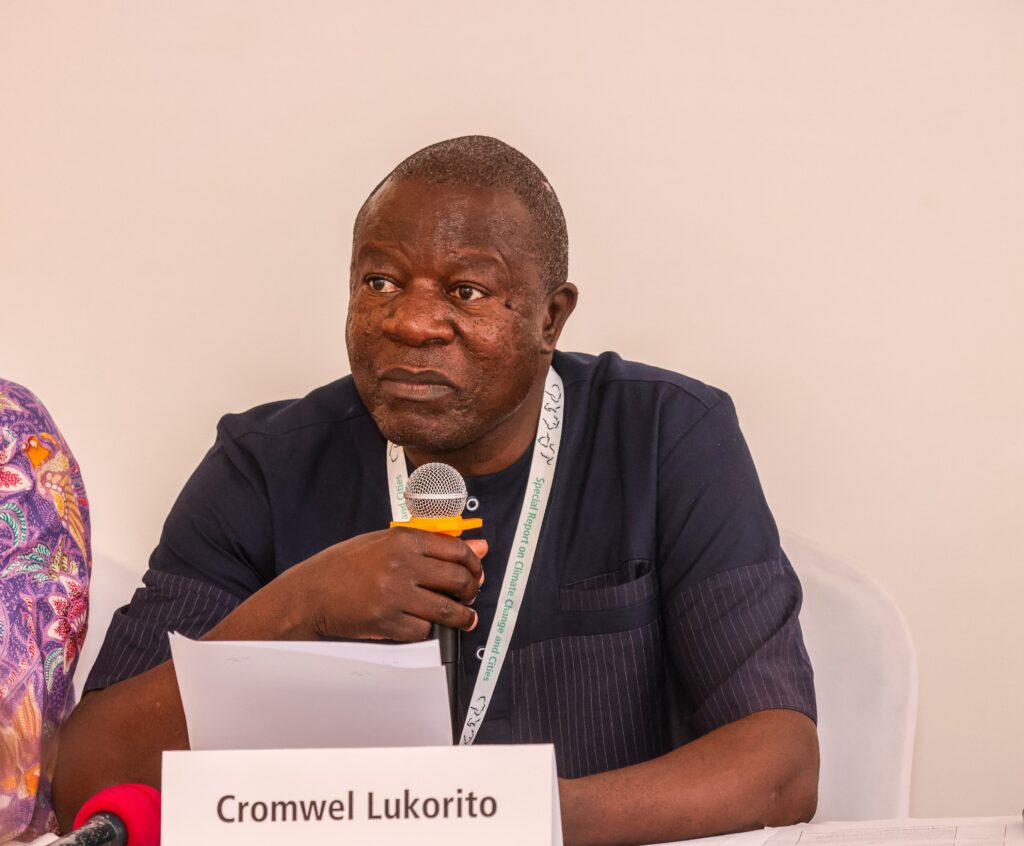
Dr. Philip Osano, Chief Operating Officer at the Center for International Forestry Research and World Agroforestry (CIFOR-ICRAF) said collaboration is key to grounding the science in everyday experience.
He said it’s not just about science being discussed in meeting rooms but it’s about science being felt, lived, and responded to on the ground.
He said Coastal cities like Mombasa, Dar es Salaam, and Lagos face severe risks due to sea level rise. Without solid research translated into policy and investment, infrastructure like ports and roads could become increasingly vulnerable.
“It’s very important that the evidence in these reports reflects our lived realities, we need cities to invest in climate resilient infrastructure,” he urged.
Dr. Osano stressed the importance of “greening cities” to counteract rising urban heat, a trend that hits the most vulnerable the hardest, children, the elderly, and women.
“Cities are heating up faster,” he warned, adding that green spaces must become part of city planning.
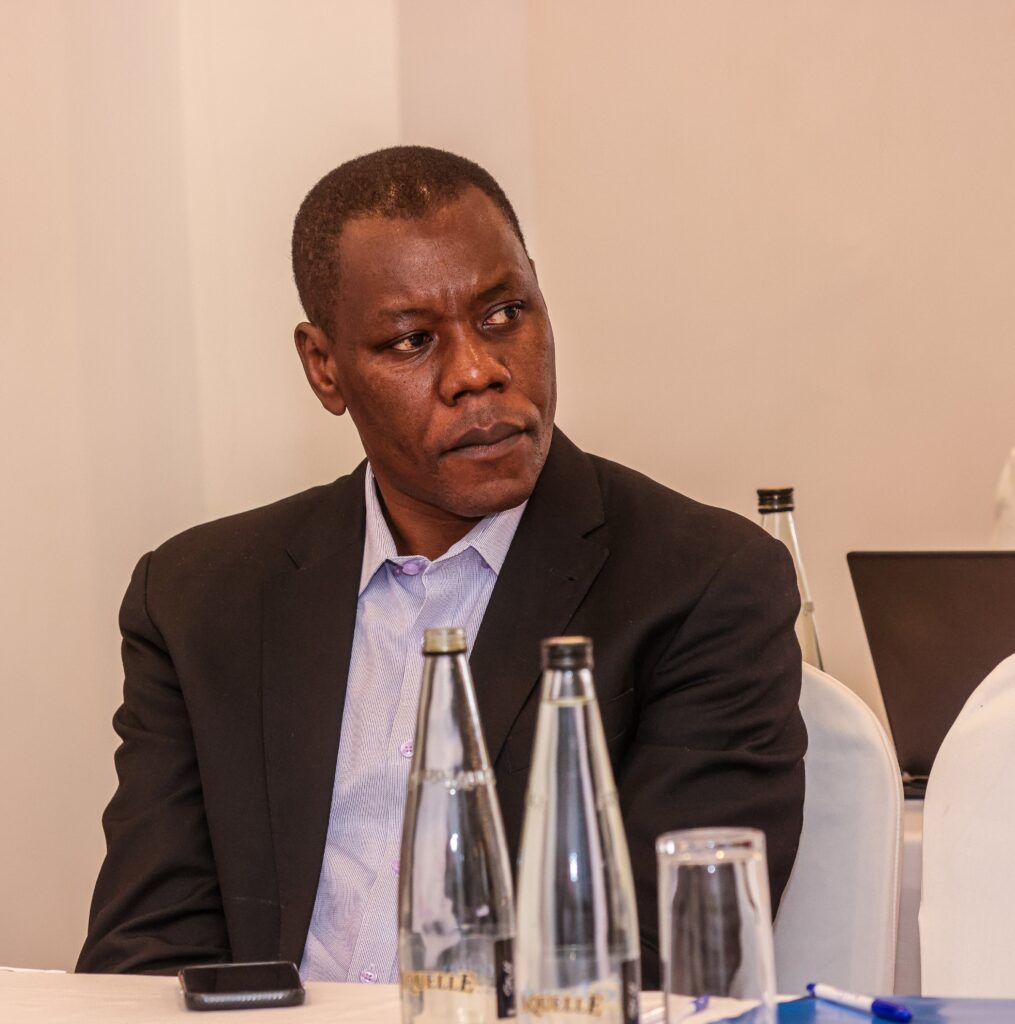
The IPCC Special Report on Climate Change and Cities is a groundbreaking assessment focused on the intersection between climate risks and urban life.
Approved by the IPCC panel last year, the report consists of five chapters, a technical summary, and a summary for policymakers. Its structure follows a classic decision making framework from identifying urban climate challenges, to exploring historical contexts, evaluating possible solutions, enabling conditions, and finally showcasing real world case studies.
This special report is significant within the current IPCC assessment cycle because it responds to direct government requests for targeted, policy-relevant insights that can guide both adaptation and mitigation in urban areas.
With 13 African authors contributing and a strong push for regional engagement, the report aims to equip policymakers, especially in the Global South, with the science and solutions needed to build climate-resilient cities.
Professor Winston Chow, Co-Chair of the IPCC Working Group II said cities are at the heart of the climate crisis.
He said they produce over 70% of global emissions, house more than 55% of the world’s population (projected to reach 70% by mid-century), and generate 80% of global GDP. Yet they are also hotspots for vulnerability particularly informal settlements facing extreme heat, flooding, and rising sea levels.
He said the Special Report on Climate Change and Cities currently in development marks a major evolution in how climate science engages with urban realities.
“This is a special report focused on settlements,” Professor Chow explained. “It’s about the people who live in cities, their critical infrastructure, and the essential functions cities serve.”
The report is the result of over a decade of calls from governments for targeted, policy relevant information. The aim is to provide national and local governments with actionable insights, what works for adaptation, what works for reducing risks, and what strategies support mitigation and sustainable development all within the constraints of a world warming towards 1.5°C.
“Cities must become more resilient and sustainable,” Professor Chow stressed. “And this decade is critical for climate action.”
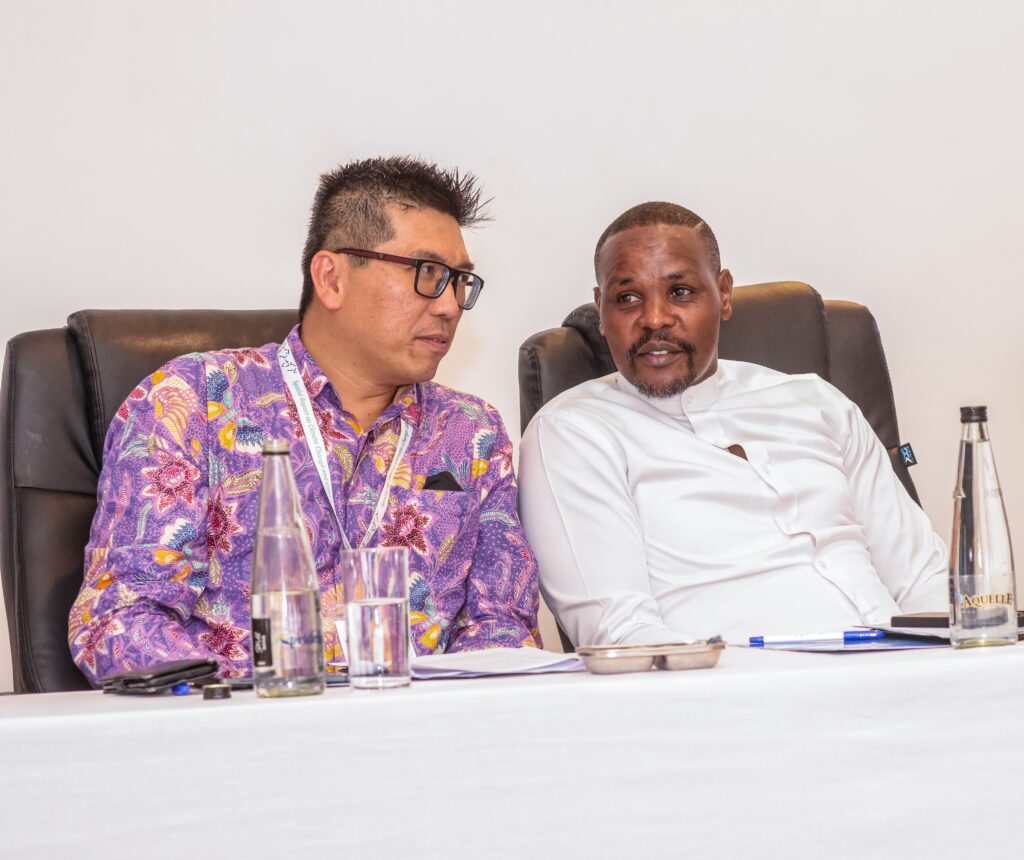
Asked why the meeting is being undertaken in Mombasa, a coastal city on the frontline of climate change, Chow said, “As a former author, I know how much we are inspired by our surroundings. Mombasa shares the same challenges as many other coastal cities, rising sea levels, extreme heat, and vulnerable infrastructure,” he said.
He pointed to the Mombasa port, a key economic artery not just for Kenya, but for much of East Africa, as an example of infrastructure that must be protected.
“It’s not just about ports and roads, heritage and tourism are also at risk. These must be part of how we assess and prepare for climate impacts,” he said.
Adding to the voices of IPCC Co-Chair Professor Winston Chow and other leading experts, Emily Achieng Okello, the County Executive Committee Member (CECM) for Water, Natural Resources, and Climate Change Resilience in Mombasa County said why the coastal city was the right venue to host the IPCC meeting and why the timing couldn’t be more critical.
“For quite some time, we thought our coastline was safe because of its position, but last year, we had a scare, Lali and other cyclones affected our livelihoods,” she said.
She said the storms, combined with steadily rising sea levels and intensifying heat, have changed the conversation. Mombasa is no longer merely preparing for a distant future, it is reacting to climate shocks already at its doorstep.
“This is the right time for science to speak to our realities, we need this report to guide our climate change and resilience programs,” she said.
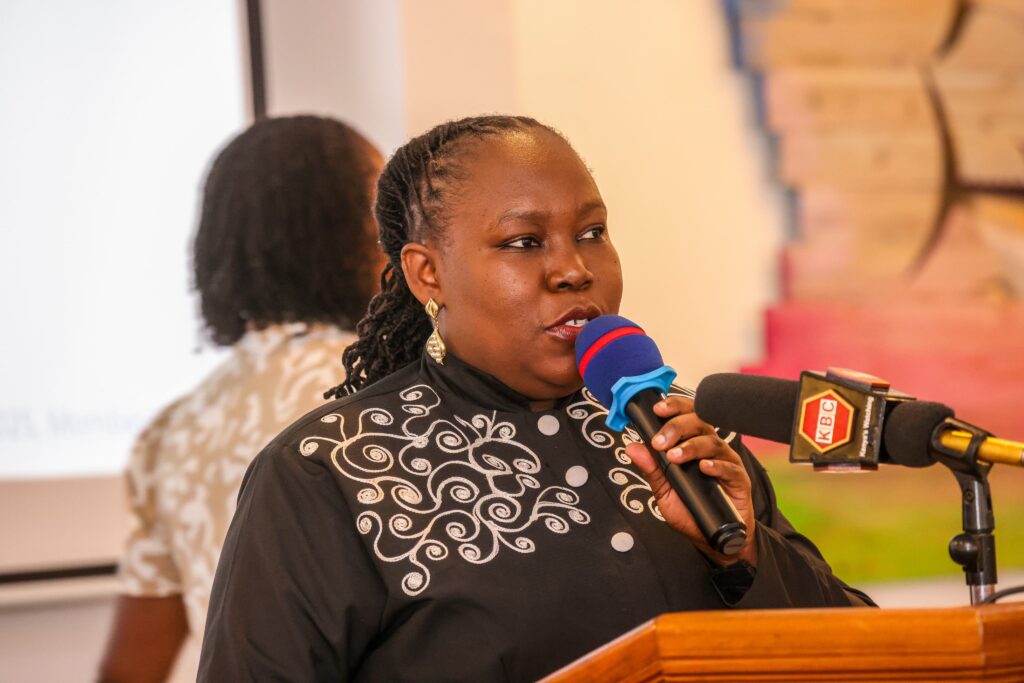
She however pointed out that Mombasa has already taken steps on its own. The city recently launched its Climate Change Action Plan (2023–2050), aiming to adapt infrastructure, protect communities, and build greener urban systems.
But she stressed that conditions are evolving rapidly, requiring constant updates and real time data.
“We’ve talked about sea level rise and flooding,” she said. “But now we’re facing urban heat stress and it’s affecting Mombasa in a big way.”
“We want scientists to speak to these issues so their insights can help guide infrastructure development and urban policy,” she urged.
Dr. Eng. Festus Ng’eno, Principal Secretary in the Ministry of Environment, Climate Change, and Forestry, hailed the forum as a major milestone for Kenya.
“We are hosting over 100 climate experts from 56 countries, this shows how Kenya, is opening its doors to global scientific engagement, the IPCC gives us the scientific evidence we need to inform national and local policies,” said Dr. Ng’eno.
Kenya’s national Climate Change Act and related county level frameworks are already guiding climate programs, but challenges persist, especially in coastal cities like Mombasa, including sea level rise, pollution, land degradation, and urban pressure on basic services.
To tackle these, the government is rolling out several initiatives, including the Sustainable Solid Waste Management Act, urban greening programs, and a 15-billion tree-growing campaign.
Mombasa, he said, plays a crucial role in the blue economy strategy, with efforts underway to ensure the city remains climate resilient.
“Our goal is to build resilience in coastal regions,” he noted. “And this report will help shape the policies that get us there,” he concluded.

